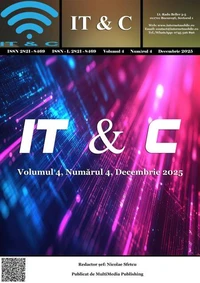Web 2.0 is the evolution of the Web towards greater simplicity (requiring no technical knowledge or computer for users) and interactivity (allowing everyone, individually or collectively, to contribute, share and collaborate in various forms). The term "social media" is increasingly used and tends to replace the term Web 2.0 and covers the various activities that integrate technology, social interaction, and content creation.
Social media uses collective intelligence in a spirit of online collaboration. Social media uses a lot of techniques, such as RSS feeds and other web syndication feeds, blogs, wikis, photo sharing (Flickr), video sharing (YouTube), podcasts, social networks (Facebook ), collaborative bookmarking, mashups, virtual worlds or microblogs (Twitter). A social network is a set of brands, such as individuals or organizations, interconnected by links created during social interactions.
It is represented by a structure or a dynamic form of a social group. The analysis of social networks is based on network theory, the use of graphs, and sociological analysis. It is the field that studies social networks.
Web 2.0 is the evolution of the Web towards greater simplicity (requiring no technical knowledge or computer for users) and interactivity (allowing everyone, individually or collectively, to contribute, share and collaborate in various forms). The term "social media" is increasingly used and tends to replace the term Web 2.0 and covers the various activities that integrate technology, social interaction, and content creation.
Social media uses collective intelligence in a spirit of online collaboration. Social media uses a lot of techniques, such as RSS feeds and other web syndication feeds, blogs, wikis, photo sharing (Flickr), video sharing (YouTube), podcasts, social networks (Facebook ), collaborative bookmarking, mashups, virtual worlds or microblogs (Twitter). A social network is a set of brands, such as individuals or organizations, interconnected by links created during social interactions.
It is represented by a structure or a dynamic form of a social group. The analysis of social networks is based on network theory, the use of graphs, and sociological analysis. It is the field that studies social networks.

 , qui est-ce ?
, qui est-ce ?